-
 Bitcoin
Bitcoin $118600
0.36% -
 Ethereum
Ethereum $3855
1.06% -
 XRP
XRP $3.195
-0.09% -
 Tether USDt
Tether USDt $1.000
-0.04% -
 BNB
BNB $844.5
6.23% -
 Solana
Solana $191.3
2.83% -
 USDC
USDC $0.9997
-0.01% -
 Dogecoin
Dogecoin $0.2376
0.10% -
 TRON
TRON $0.3242
0.83% -
 Cardano
Cardano $0.8222
0.13% -
 Hyperliquid
Hyperliquid $45.26
6.53% -
 Sui
Sui $4.200
-2.56% -
 Stellar
Stellar $0.4336
-1.24% -
 Chainlink
Chainlink $18.86
0.28% -
 Hedera
Hedera $0.2796
-1.75% -
 Bitcoin Cash
Bitcoin Cash $583.3
-1.84% -
 Avalanche
Avalanche $27.06
8.09% -
 Litecoin
Litecoin $112.3
-1.16% -
 Toncoin
Toncoin $3.353
0.58% -
 UNUS SED LEO
UNUS SED LEO $8.968
-0.11% -
 Shiba Inu
Shiba Inu $0.00001395
-0.54% -
 Ethena USDe
Ethena USDe $1.001
-0.03% -
 Uniswap
Uniswap $10.76
0.69% -
 Polkadot
Polkadot $4.175
0.26% -
 Monero
Monero $326.7
1.07% -
 Bitget Token
Bitget Token $4.665
1.61% -
 Dai
Dai $0.9998
-0.02% -
 Pepe
Pepe $0.00001271
0.32% -
 Cronos
Cronos $0.1416
2.01% -
 Aave
Aave $299.3
1.15%
What are the offline generation methods for wallet addresses?
Offline wallet address generation enhances cryptocurrency security by preventing private key exposure to online threats.
Jun 14, 2025 at 10:56 pm
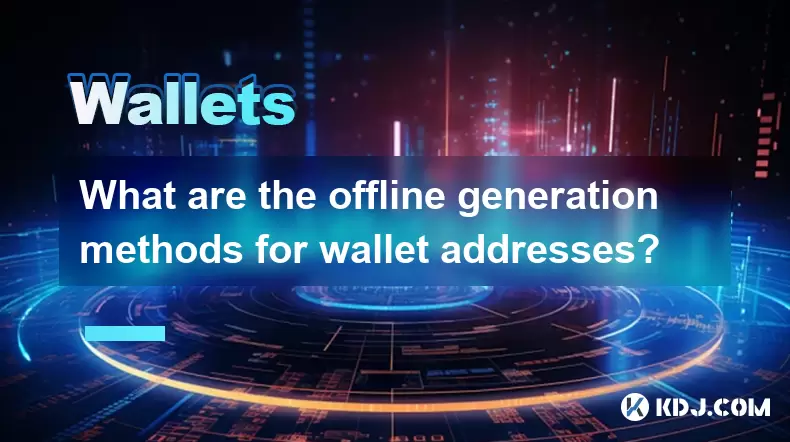
Understanding Offline Wallet Address Generation
Generating wallet addresses offline is a critical security measure for cryptocurrency users. By creating a wallet address without an internet connection, the risk of exposing private keys or other sensitive information to potential attackers is significantly reduced. Offline generation methods are often referred to as "cold storage" techniques and are widely used by individuals who prioritize the safety of their digital assets.
Why Use Offline Methods?
The primary reason for using offline wallet address generation is to avoid any exposure to online threats such as phishing attacks, malware, and hacking attempts. When a wallet is created online, there's always a chance that the device could be compromised, leading to theft of private keys. Offline generation ensures that no part of the key creation process touches the internet, making it one of the most secure ways to store cryptocurrency.
Common Tools for Offline Wallet Creation
Several tools and software options allow users to generate wallet addresses in an offline environment. These include:
- Bitcoin Core (Full Node): Running a full node like Bitcoin Core allows you to generate addresses after syncing with the blockchain. Once synced, it can be used offline.
- Electrum (Offline Mode): Electrum supports offline wallet creation by generating private keys and public addresses on an air-gapped machine.
- Armory: This desktop wallet offers advanced features including cold storage capabilities through offline address generation.
- Paper Wallets: Using services like BitAddress.org, users can download the HTML file and generate paper wallets completely offline.
- Hardware Wallets: Devices like Ledger or Trezor create wallet addresses offline during setup and provide additional layers of security.
Each of these tools requires careful handling to ensure that no step introduces vulnerabilities.
Step-by-Step Process Using BitAddress.org
BitAddress.org is one of the most popular tools for generating paper wallets offline. Here’s how to use it securely:
- Download the BitAddress.org HTML file on a trusted computer while connected to the internet.
- Disconnect the computer from the internet before opening the file.
- Move the mouse randomly across the screen to generate entropy for cryptographic randomness.
- Review the generated Bitcoin address and corresponding private key.
- Print the paper wallet or save it in a secure, offline format.
- Store the printed copy in a safe location away from potential physical damage or unauthorized access.
This method is simple yet effective when performed correctly and in a secure environment.
Using Electrum in Offline Mode
Electrum is another powerful tool that supports offline wallet generation. The steps to create a wallet offline are as follows:
- Install Electrum on an air-gapped computer using a USB drive or other offline transfer method.
- Launch Electrum and select "Create a new wallet."
- Choose "Standard wallet" and then opt for "I want to create a seed phrase."
- Save the mnemonic seed in a secure place, preferably written down and stored physically.
- Confirm the seed words and proceed to generate the wallet.
- Copy the receiving address to use for incoming transactions.
This method ensures that private keys never leave the offline environment, offering robust protection against online threats.
Best Practices for Secure Offline Wallet Generation
To maximize security when generating wallet addresses offline, consider the following best practices:
- Use a clean, virus-free computer dedicated solely to offline wallet creation.
- Ensure that all software used is downloaded from official sources and verified for integrity.
- Avoid using devices that have previously been exposed to untrusted networks.
- Generate multiple backups of your wallet information and store them in separate secure locations.
- Periodically verify the integrity of your offline tools and update them if necessary.
Following these guidelines helps maintain the highest level of security for your cryptocurrency holdings.
Frequently Asked Questions
Q: Can I reuse an offline-generated wallet address?
A: While technically possible, reusing wallet addresses is not recommended due to privacy concerns. Each transaction associated with an address becomes publicly visible on the blockchain.
Q: What should I do if my offline wallet gets damaged or lost?
A: If you lose access to your wallet but still have the private key or seed phrase, you can restore the wallet using compatible software or hardware wallets.
Q: Is it safe to generate a wallet address using a mobile app offline?
A: It depends on the app. Some mobile wallets support offline address generation, but smartphones are generally more vulnerable to compromise than dedicated offline computers.
Q: How do I verify the authenticity of offline wallet software?
A: Always download wallet software from official websites and verify checksums or cryptographic signatures provided by the developers.
Disclaimer:info@kdj.com
The information provided is not trading advice. kdj.com does not assume any responsibility for any investments made based on the information provided in this article. Cryptocurrencies are highly volatile and it is highly recommended that you invest with caution after thorough research!
If you believe that the content used on this website infringes your copyright, please contact us immediately (info@kdj.com) and we will delete it promptly.
- Bitcoin, Fiat Devaluation, and Hedging: A New Yorker's Take
- 2025-07-28 22:50:12
- Trump Media, Bitcoin, and Options: A High-Stakes Gamble?
- 2025-07-28 23:10:13
- Elon Musk, SpaceX, and Bitcoin: A $153 Million Mystery
- 2025-07-28 22:30:12
- Pepe, Price Prediction, and Dogecoin: What's Next for Meme Coins?
- 2025-07-28 23:15:12
- Crypto, VCs, and Infrastructure: Building the Future, Not Just Betting on Memes
- 2025-07-28 22:50:12
- Ozak AI: Is This Crypto Gem Primed for a 2025 Takeoff?
- 2025-07-28 22:30:12
Related knowledge
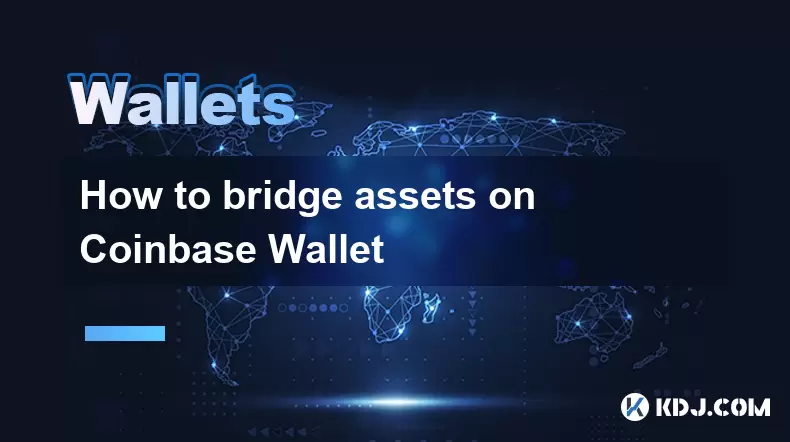
How to bridge assets on Coinbase Wallet
Jul 27,2025 at 01:14am
What Is Asset Bridging in the Context of Coinbase Wallet?Bridging assets refers to the process of transferring tokens from one blockchain network to a...
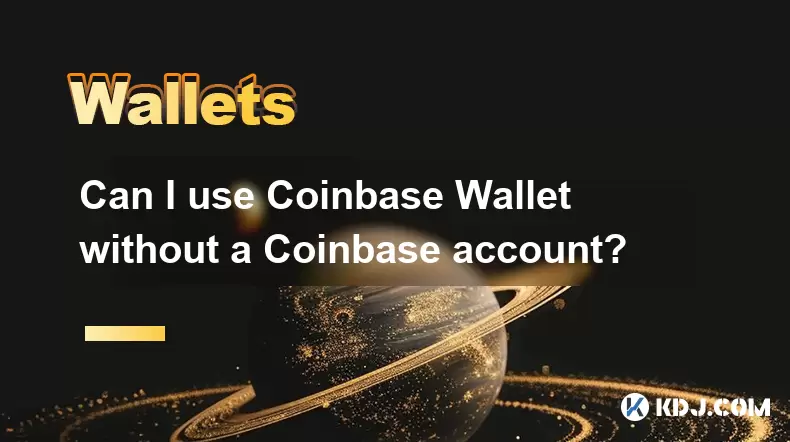
Can I use Coinbase Wallet without a Coinbase account?
Jul 18,2025 at 04:35am
What is Coinbase Wallet?Coinbase Wallet is a self-custodial wallet that allows users to store, send, and receive various cryptocurrencies directly on ...
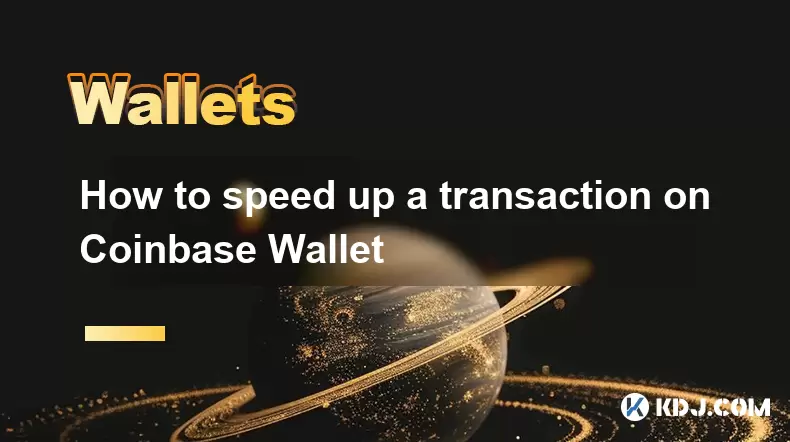
How to speed up a transaction on Coinbase Wallet
Jul 27,2025 at 07:14am
Understanding Transaction Speed on Coinbase WalletWhen using Coinbase Wallet, users may occasionally encounter delays in transaction confirmations. Th...
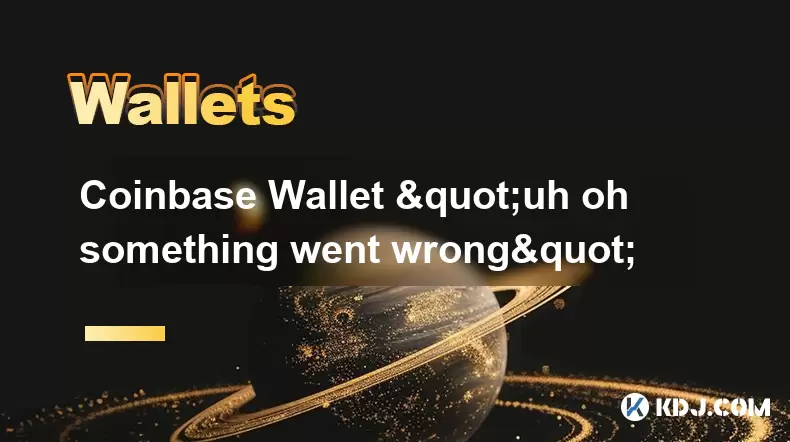
Coinbase Wallet "uh oh something went wrong"
Jul 20,2025 at 10:00am
Understanding the Coinbase Wallet Error: 'Uh Oh, Something Went Wrong'If you're a Coinbase Wallet user, encountering the error message 'Uh Oh, Somethi...

How to add Optimism network to Coinbase Wallet
Jul 20,2025 at 05:21am
What is the Optimism Network?The Optimism network is a Layer 2 scaling solution built on top of the Ethereum blockchain. It aims to enhance transactio...

How to add Arbitrum to Coinbase Wallet
Jul 18,2025 at 03:00pm
Understanding Arbitrum and Its Integration with Coinbase WalletArbitrum is a layer-2 scaling solution developed by Offchain Labs to enhance the speed ...

How to bridge assets on Coinbase Wallet
Jul 27,2025 at 01:14am
What Is Asset Bridging in the Context of Coinbase Wallet?Bridging assets refers to the process of transferring tokens from one blockchain network to a...

Can I use Coinbase Wallet without a Coinbase account?
Jul 18,2025 at 04:35am
What is Coinbase Wallet?Coinbase Wallet is a self-custodial wallet that allows users to store, send, and receive various cryptocurrencies directly on ...

How to speed up a transaction on Coinbase Wallet
Jul 27,2025 at 07:14am
Understanding Transaction Speed on Coinbase WalletWhen using Coinbase Wallet, users may occasionally encounter delays in transaction confirmations. Th...

Coinbase Wallet "uh oh something went wrong"
Jul 20,2025 at 10:00am
Understanding the Coinbase Wallet Error: 'Uh Oh, Something Went Wrong'If you're a Coinbase Wallet user, encountering the error message 'Uh Oh, Somethi...

How to add Optimism network to Coinbase Wallet
Jul 20,2025 at 05:21am
What is the Optimism Network?The Optimism network is a Layer 2 scaling solution built on top of the Ethereum blockchain. It aims to enhance transactio...

How to add Arbitrum to Coinbase Wallet
Jul 18,2025 at 03:00pm
Understanding Arbitrum and Its Integration with Coinbase WalletArbitrum is a layer-2 scaling solution developed by Offchain Labs to enhance the speed ...
See all articles

























































































